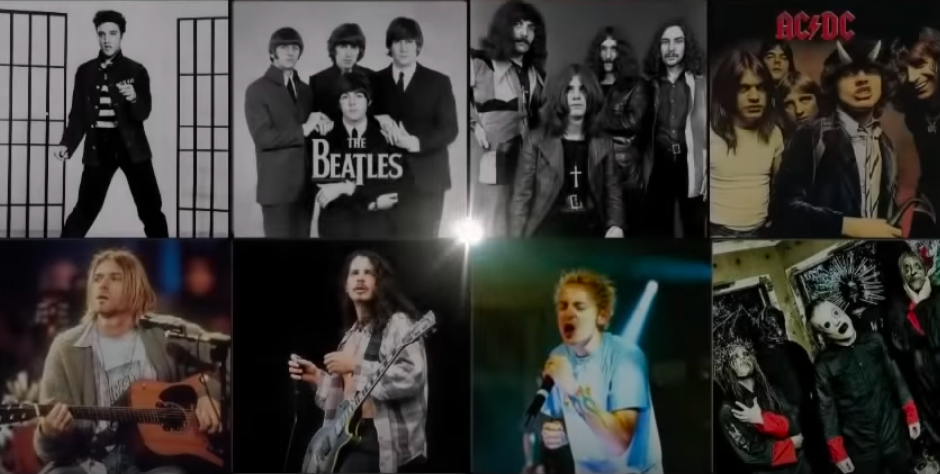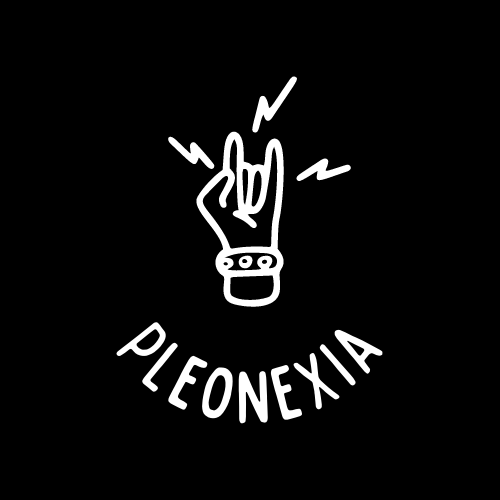The 20th century saw rapid development of the music scenes and a great deal of significant change. Perhaps the most profound development was the ability to listen to music without live artists. The first century of recorded music was the 20th century.
The goal of swing jazz in the 1920s and 1930s was to get people to dance. The music was repetitious, danceable, and rhythmic. But throughout time, several jazz subgenres including bebop, cool jazz, and free jazz transformed into less danceable music. The tempo accelerated or slowed down too much. There were several makeshift sections in the building, which was less transparent. Jazz fans stopped dancing and instead focused on the artists with respect. Jazz concert traditions gradually became as set in stone as those for classical concert halls: sitting audience members were expected to applaud following solos and humbly nod their heads or tap their feet to the beat. According to the rules of classical music, respecting the artists required simply careful attention.
African American rhythm and blues gave rise to the rock’n’roll that swept the nation in the 1950s. In the church, at concerts, and at social events, music and movement have long been closely related in …




